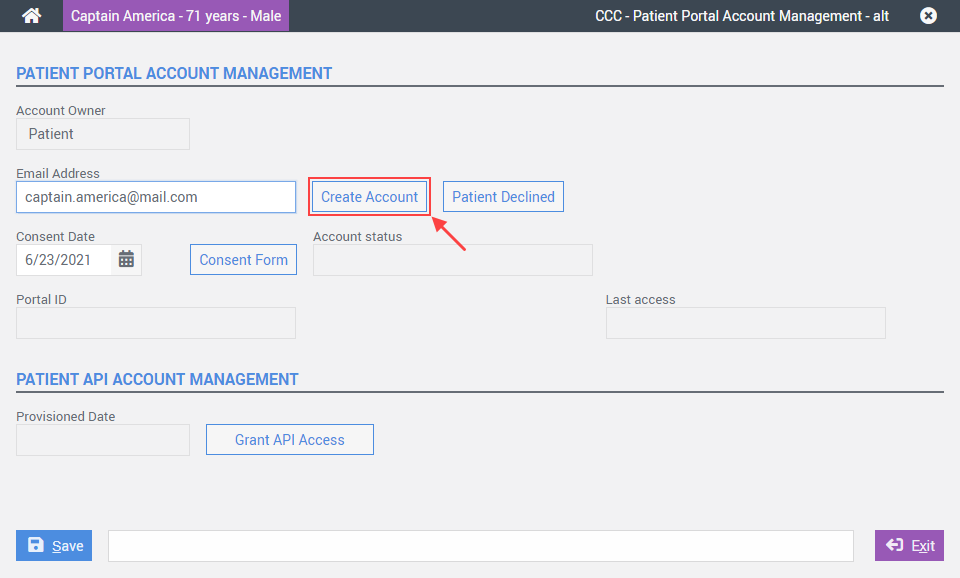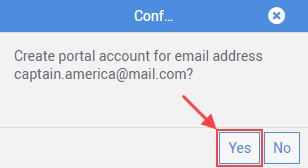For at least one unique patient seen by the MIPS eligible clinician: (1) The patient (or the patient-authorized representative) is provided timely access to view online, download, and transmit his or her health information; and (2) The MIPS eligible clinician ensures the patient’s health information is available for the patient (or patient-authorized representative) to access using any application of their choice that is configured to meet the technical specifications of the Application Programming Interface (API) in the MIPS eligible clinician’s certified electronic health record technology (CEHRT).
Measure Overview
Objective: Provider to Patient Exchange
Measure: For at least one unique patient seen by the MIPS eligible clinician: (1) The patient (or the patient-authorized representative) is provided timely access to view online, download, and transmit his or her health information; and (2) The MIPS eligible clinician ensures the patient’s health information is available for the patient (or patient-authorized representative) to access using any application of their choice that is configured to meet the technical specifications of the Application Programming Interface (API) in the MIPS eligible clinician’s certified electronic health record technology (CEHRT).
Measure ID: PI_PEA_1
Measure Specifcations
Definition of Terms
Measure Reporting
Numerator/Denominator
Numerator: The number of patients in the denominator (or patient authorized representative) who are provided timely access to health information to view online, download, and transmit to a third party and to access using an application of their choice that is configured to meet the technical specifications of the API in the MIPS eligible clinician’s CEHRT.
Denominator: The number of unique patients seen by the MIPS eligible clinician during the performance period.
Measure Scoring
- Required for Promoting Interoperability Performance Category Score: Yes
- Measure Score: 40 points
- Eligible for Bonus Score: No
Note: In order to earn a score greater than zero for the Promoting Interoperability performance category, MIPS eligible clinicians must:
- Complete the activities required by the Security Risk Analysis and High Priority Practices SAFER Guide, submit their complete numerator and denominator or Yes/No data for all required measures, and attest to the Actions to limit or restrict compatibility or interoperability of CEHRT statement.
- Failure to report at least a “1” in all required measures with a numerator or reporting a “No” for a Yes/No response measure (except for the SAFER Guides measure2) will result in a total score of 0 points for the Promoting Interoperability performance category.
Freedom | EHR Workflow
- MIPS Conformance Calculation
- Details
Denominator
The number of unique patients seen by the MIPS eligible clinician during the performance period.
Numerator
Can be met one of two ways:
1. Documentation that the patient declined via the “Patient Declined” button.
2. Documentation that the patient has an “Active” patient portal. (See Details)
Numerator option number two is determined by the following:
– The portal consent form must be attached to the patient’s misc. records.
– The portal user id cannot be blank.
– The portal user account status must be “active”.
– Encounter notes must be signed within 4 days of the date of service.
– Encounter notes must contain the common MU data set.
How To: Set Up Patient Portal Access
Step 1: Patient Portal Account Creation
From the Chart, select the Patient Portal button.

On the Patient Portal Account Management screen enter the patient’s email address and then select the Create Account button.

The following confirmation screen will appear:

Select Yes to confirm creating the portal account.
Step 2: Patient Consent
Upon confirming the portal account creation, Freedom will create a single PDF document that contains both the Patient Portal Consent and Patient Portal User ID forms for printing.
Have the patient review and sign the Patient Portal Consent Form:

Provide the patient with the Patient Portal User ID form:

Step 3: Scan and Attach Portal Consent Form
Scan and attach the signed consent form to the “Patient Portal Consent Form” record located under the MiscRecs Tab > Consent Forms category.

Portal Tips
Many practices are setting up a computer at their front desk to help with getting patients successfully logged onto their portal for the first time before the patient leaves the clinic. Encourage your patients to enroll by mentioning the various benefits of your clinic’s complimentary patient portal.
Benefits include:
- The ability to send and receive secure messages to you and your clinical staff as personalized service to your patients.
- The ability to view and download medication lists, problems, lab results, and more from home.
- Inform elderly patients and family members of the elderly that they can have a family member (3rd Party Representative) set up to access their patient portal to help with managing their medications, diagnostic results, etc.
- Inform parents that the patient portal can provide quick access to immunization records and medication lists for their kids without the need to call the clinic. All health information can be printed from their portal making life a little easier for the busy parent.
- In addition to the benefits to the patient, medical practices can benefit from the increased efficiency a patient portal has to offer:
- Patient portals can reduce the number of phone calls.
- Patient portals can reduce the number of faxes sent and received from your practice.
- Patient portals can reduce the number of printed documents requested by the patient.
- Patient portals can be used by authorized 3rd Party Representatives to retrieve patient records electronically.
- Patient portals can be used as a new method of communication between you, the patient, and 3rd Party Representatives.
Data Validation
CMS will publish guidance to help clinicians better understand the supporting documentation they should retain when attesting to the MIPS requirements. CMS calls this guidance “MIPS Data Validation Criteria” as it outlines the types of documentation that should be retained to validate the data the provider submits to CMS at the end of the performance period. You must keep documentation for six years subsequent to submission. We suggest reviewing this validation document to ensure you document your work appropriately.
